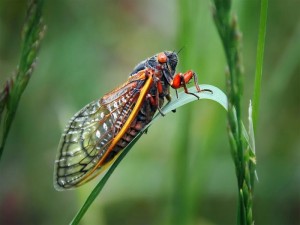National Ice Cream Sandwich Day
Wednesday, August 2nd, 2023Today, August 2, 2022, is National Ice Cream Sandwich Day! Ice cream is a versatile treat. Whether you play it safe and eat it in a bowl with a spoon to decrease the chance of unwanted dripping, or you mix it up by eating it on a cone, sandwiched between two cakey wafers, or in a cone shaped like a taco, ice cream is the perfect summer treat. Ice cream sandwiches are the cool snack of choice for a treat in the park, at a sports game, or anywhere else on the go!

Click to view larger image
Ice cream consists chiefly of cream, milk, sugar, and water. Ingredients called emulsifiers and stabilizers hold the mixture together. All the ingredients of ice cream are carefully blended together in a large vat at the beginning of the manufacturing process.
Credit: WORLD BOOK diagram
Ice cream is a popular frozen dairy food. It consists mostly of milk products, sugar, and flavorings. Ice cream may be served by itself or with cake, pie, or other pastries. It also is used in making milk shakes, sodas, cake rolls, and sundaes. Manufacturers make ice cream in many flavors. About one-third of the ice cream sold in the United States is vanilla. Chocolate and Neapolitan (layers of different flavors) rank next in popularity.
The United States produces about 1.4 billion gallons (5.3 billion liters) of ice cream annually. Almost one-tenth of the nation’s milk supply is used to produce ice cream and other frozen desserts. These desserts include ice milk, sherbet, and frozen yogurt. About 7 quarts (6.6 liters) of milk are needed to make 4 quarts (3.8 liters) of ice cream. Ice cream is served in many parts of the world, but Americans eat more of it than do the people of any other country. Americans eat an average of about 23 quarts (21.8 liters) of ice cream annually.
When did ice cream become a sandwich? Vendors started selling ice cream sandwiches in New York City in the late 1800’s. The ice cream was served between two pieces of sponge cake as an affordable treat to eat on the go. Later in the 1920’s, a street vendor in San Francisco decided to make the treat with cookies instead of thin pieces of cake, introducing the world to the cookie ice cream sandwich.
In 1983, a man from Philadelphia invented the Choco Taco, an ice cream treat where the cone is shaped like a hard taco shell dipped in chocolate. Since then, many other versions of ice cream sandwiches have popped up around the world. In Iran, there is a popular frozen treat of saffron and rosewater ice cream between two wafers dipped in pistachios. In Vietnam, ice cream is served on a bánh mì baguette with peanuts.








